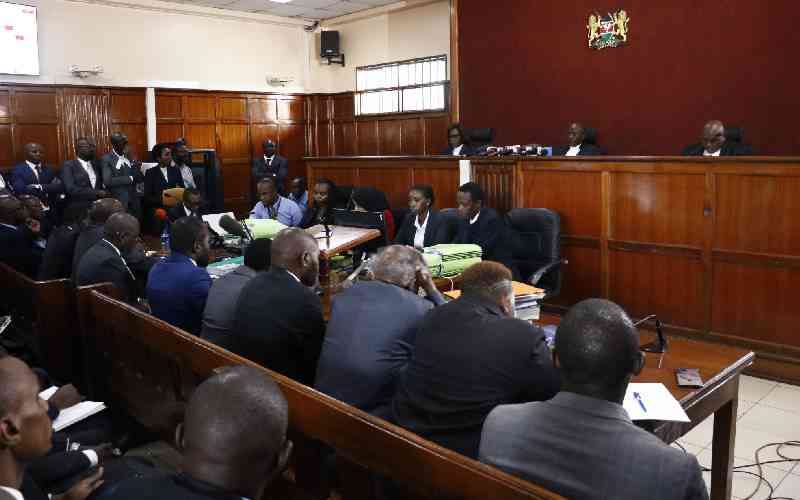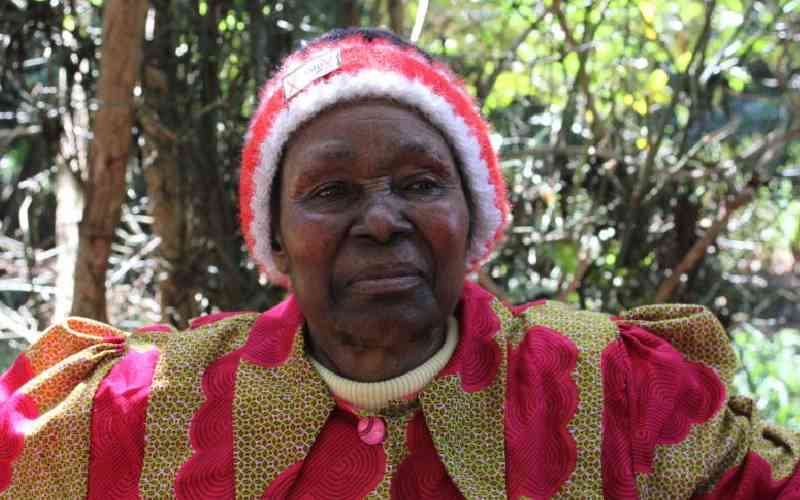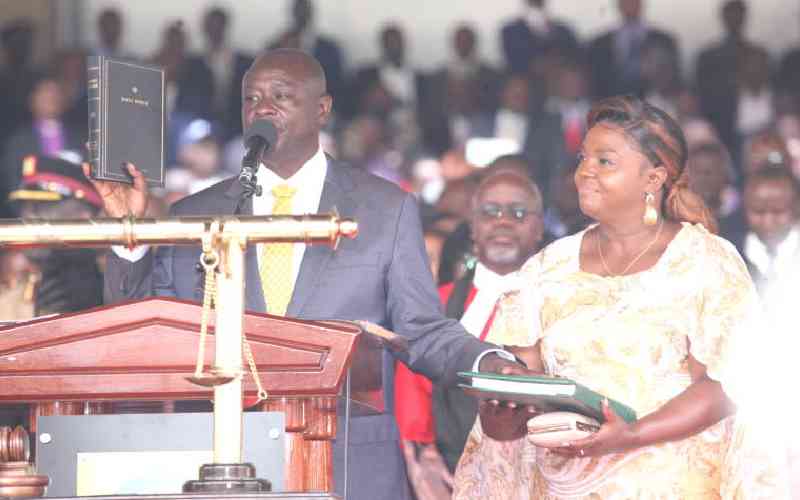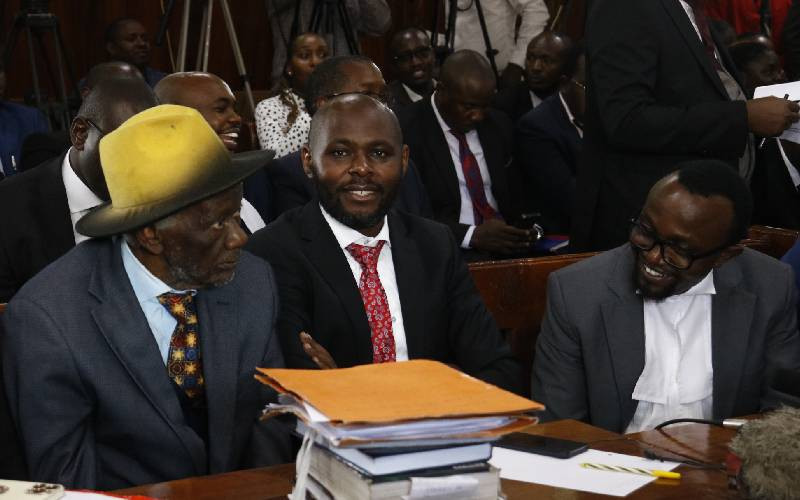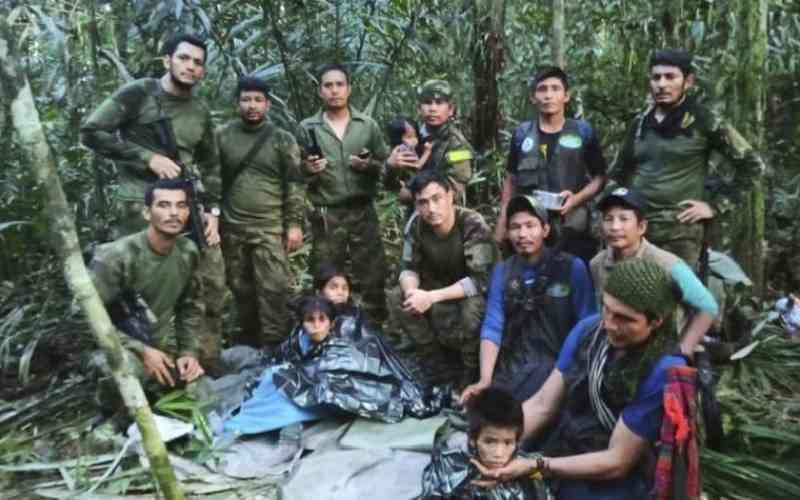
The discovery and rescue of four young Indigenous children, 40 days after the aircraft they were travelling in crashed in the remote Colombian rainforest, was hailed in the press as a "miracle in the jungle".
But as an anthropologist who has spent more than a year living among the Andoque people conducting ethnographic fieldwork, I cannot simply label this as a miraculous event.
Rather, the survival and discovery of these children can be attributed to the profound knowledge of the intricate forest and the adaptive skills passed down through generations by Indigenous people.
During the search for the children, I was in contact with Raquel Andoque, an elder maloquera (owner of a ceremonial longhouse), the sister of the children's great-grandmother.
She repeatedly expressed unwavering belief that the children would be found alive, citing the autonomy, astuteness and physical resilience of children in the region. Even before starting elementary school, children in this area accompany their parents and relatives in various activities such as gardening, fishing, navigating rivers, hunting and gathering honey and wild fruits.
Thus the children acquire practical skills and knowledge, such as those demonstrated by Lesly, Soleiny, Tien and Cristin during their 40-day ordeal.
Indigenous children learn from an early age how to open paths through dense vegetation, how to tell edible from non-edible fruits. They know how to find potable water, build rain shelters and set animal traps.
Amazonian children lack access to the commercialised toys and games that children in cities grow up with. So they become adept tree climbers and engage in play that teaches them about adult tools made from natural materials, such as oars or axes.
Activities that most western children would be shielded from - handling, skinning and butchering game animals, for example - provide invaluable zoology lessons and arguably foster emotional resilience.
When they accompany their parents on jungle excursions, Indigenous children learn how to navigate a forest's dense vegetation by following the location of the sun in the sky.
The trail of footprints and objects left by the four children revealed their general progression towards the Apaporis River, where they may have hoped to be spotted.
Knowledge embedded in mythic stories passed down by parents and grandparents is another invaluable resource. This sophisticated knowledge has been developed over millennia, during which Indigenous people not only adapted to their forest territories, but actively shaped them.
One of the aspects of this "miraculous" story that people in the west have marvelled over is how, after the death of the children's mother, 13-year-old Lesly managed to take care of her younger siblings, including Cristin, who was only 11 months old.
But in Indigenous families, elder sisters are expected to act as surrogate mothers to their younger relatives from an early age.
Stay informed. Subscribe to our newsletter
Iris Andoke Macuna, a distant relative of the family, told me: To some whites [non-Indigenous people], it seems like a bad thing that we take our children to work in the garden, and that we let girls carry their brothers and take care of them. But for us, it's a good thing, our children are independent, this is why Lesly could take care of her brothers during all this time. It toughened her, and she learned what her brothers need.
It may be challenging for non-Indigenous people to embrace these traditional ideas. But these beliefs would have instilled in the children the faith and emotional fortitude crucial for persevering in the struggle for survival.
The children knew their fate was not to die in the forest, and that their grandparents and shamans would move heaven and earth to bring them back home alive.
Preserving this invaluable traditional knowledge and the skills that bring miracles to life is imperative. We must not allow them to wither away.
 The Standard Group Plc is a
multi-media organization with investments in media platforms spanning newspaper
print operations, television, radio broadcasting, digital and online services. The
Standard Group is recognized as a leading multi-media house in Kenya with a key
influence in matters of national and international interest.
The Standard Group Plc is a
multi-media organization with investments in media platforms spanning newspaper
print operations, television, radio broadcasting, digital and online services. The
Standard Group is recognized as a leading multi-media house in Kenya with a key
influence in matters of national and international interest.
 The Standard Group Plc is a
multi-media organization with investments in media platforms spanning newspaper
print operations, television, radio broadcasting, digital and online services. The
Standard Group is recognized as a leading multi-media house in Kenya with a key
influence in matters of national and international interest.
The Standard Group Plc is a
multi-media organization with investments in media platforms spanning newspaper
print operations, television, radio broadcasting, digital and online services. The
Standard Group is recognized as a leading multi-media house in Kenya with a key
influence in matters of national and international interest.



